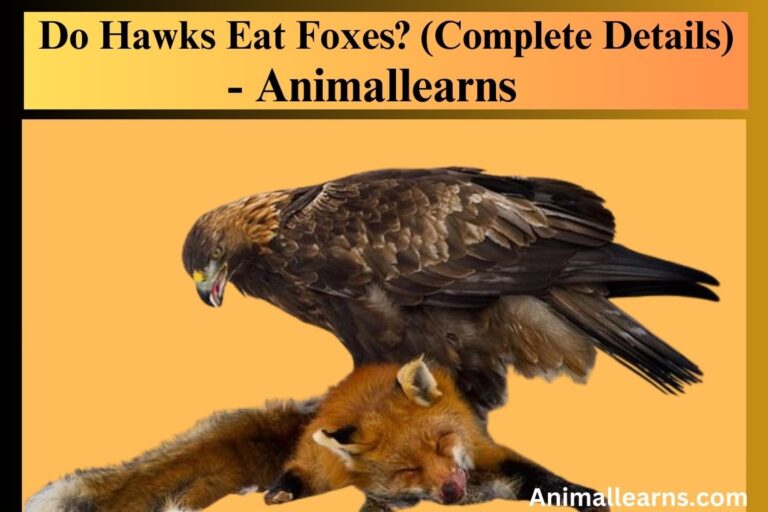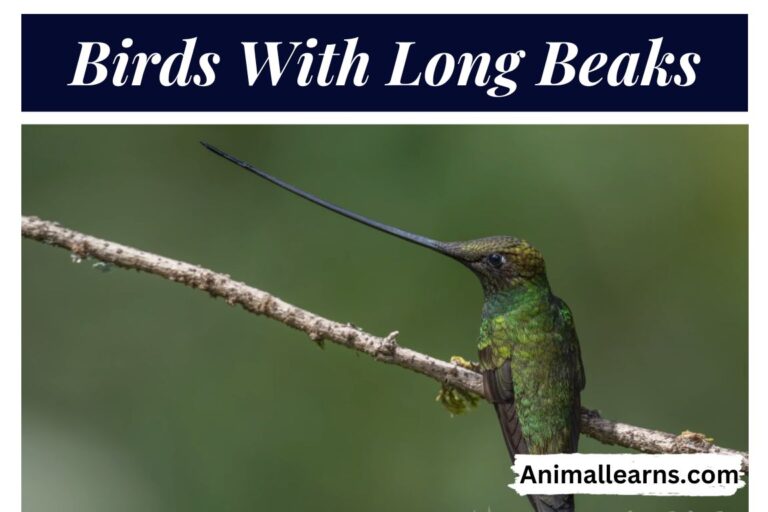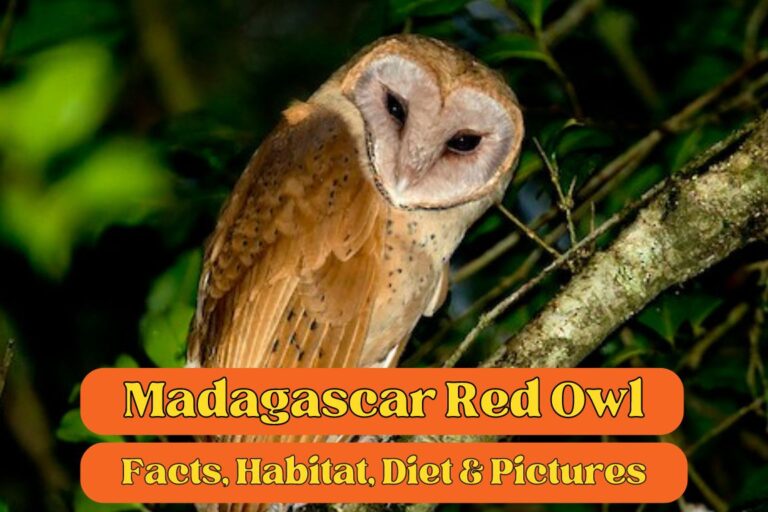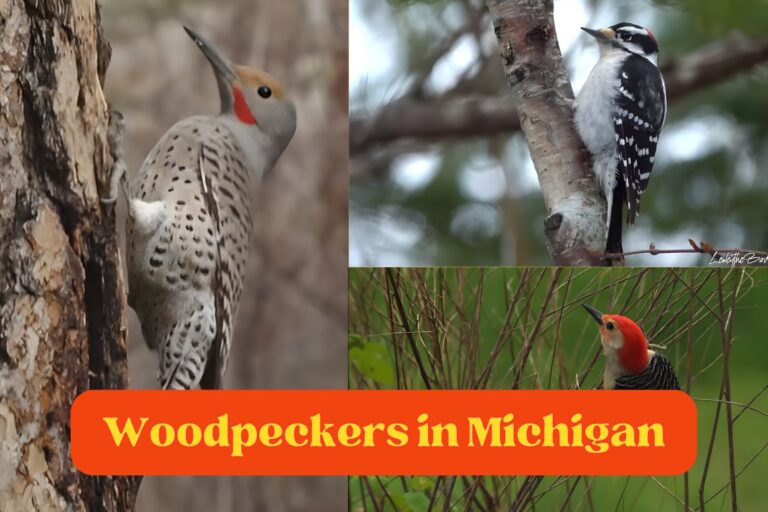Baby Crow: Information You Need To Know
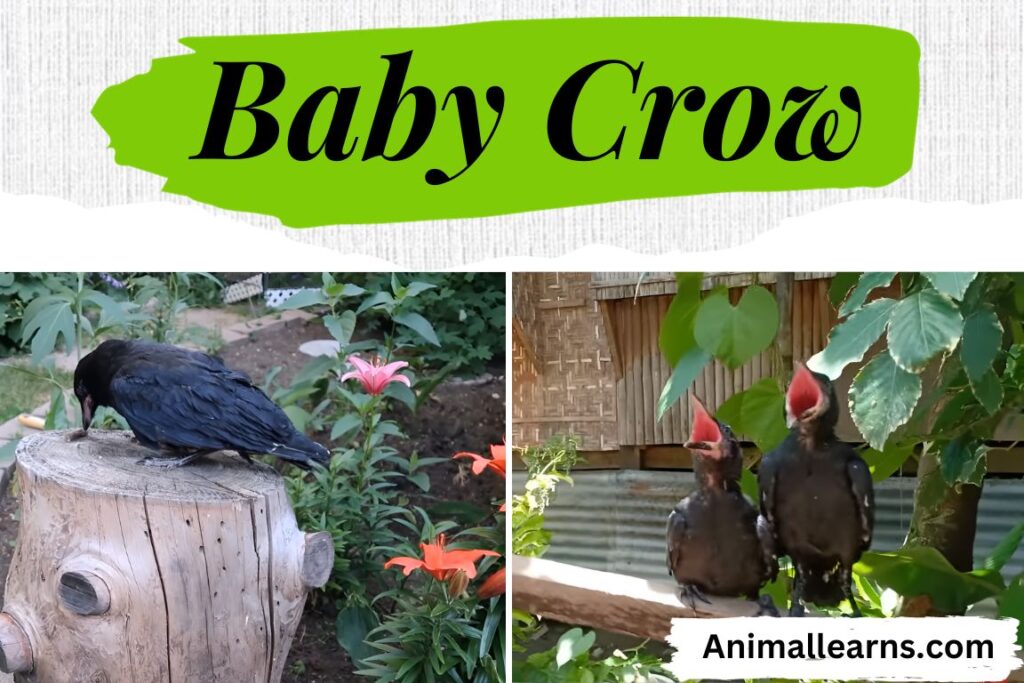
| Aspect | Information |
|---|---|
| Scientific Name | Corvus (genus); species may vary based on location |
| Size | Varies, but generally smaller than adult crows |
| Weight | Typically around 200-400 grams |
| Diet | Omnivorous, consuming a variety of foods including insects, fruits, and carrion |
| Feeding Habits | Fed by parent crows; regurgitated food provided in the nest |
| Nesting Period | Approximately 4-6 weeks, depending on the species |
| Feather Development | Downy feathers initially, gradually developing adult plumage |
| Behavior | Often stay close to the nest, gradually exploring their surroundings |
| Vocalizations | Varied calls, learning communication from adult crows |
| Parental Care | Receive care and protection from parent crows |
| Fledgling Stage | Begin to leave the nest and learn to fly |
Researchers and nature enthusiasts alike have long been intrigued by baby crow because of their inquisitive eyes and distinctive caws. The fledgling corvids, born into a complex world, display behavior and characteristics that make us deeply interested in them.
The fluffy innocence of baby crows and the charming fluffiness of goslings make for a delightful spectacle, showcasing the diverse and beautiful world of avian offspring.
A crow’s intrigue is derived from the unique combination of intelligence and mystery that distinguishes the species. The complex social structures and communication skills of crows captivate observers with their exceptional problem-solving abilities and remarkable adaptability. Crow, especially baby crow, represent a fascinating stage in their life cycle.
For several reasons, understanding the characteristics and behaviors of baby crow is essential. As well as providing insight into crow societies, it sheds light on their family relationships, nesting habits, and reproductive patterns, revealing their intricate dynamics.
With the grace of beautiful birds, surrounded by the vibrant tapestry of nature, the skies come alive with a mesmerizing symphony of colors and life. From the endearing fluffiness of baby crow to the elegant wisdom of owls, the pristine beauty of white birds, and the enchanting hues of purple birds.
Appearance and Characteristics
Contents
- 1 Appearance and Characteristics
- 2 Understanding Baby Crow Ecology
- 3 Life in the Nest
- 4 Interesting Facts About Baby Crows
- 5 How Do Crows Mate?
- 6 When Do Crows Lay Eggs?
- 7 How Many Eggs Do Crows Lay?
- 8 How Long Will A Baby Crow Stay With Its Parents?
- 9 Diet and Feeding Habits
- 10 Why Baby Crows Cry?
- 11 Where Can You Find Crows?
- 12 Challenges and Solutions
- 13 FAQs

What Does a Baby Crow Look Like?
Compared to adult crows, baby crows, also called chicks or fledglings, have distinct features that set them apart from the rest. Although baby crows have black plumage, they often have softer, fluffier feathers and do not have the glossy sheen of mature crows.
Aside from their relatively smaller beaks, they have a somewhat smaller appearance overall. Crows undergo physical changes as they grow, allowing adults to easily distinguish them from their juvenile counterparts.
How Big Are Baby Crows?
Compared with their fully-grown counterparts, baby crow is much smaller. On average, baby crows are about the same size as medium-sized songbirds. Early on in their development, their diminutive size emphasizes their vulnerability.
As the fledgling phase progresses, their size gradually increases, marking the beginning of their journey to maturity.
How Much Do Baby Crows Weigh?
A baby crow weight varies according to his or her age and developmental stage. Typically, these fledglings are lighter than an adult crow. In the beginning, baby crow weighed a few ounces, which reflects their mobility and adaptability.
Their weight increases with their maturing bodies as they grow and develop, aligning with their increasing physical demands.
What Is A Baby Crow Called?
In order to differentiate a baby crow from an adult crow, it is often called a chick or fledgling. These terms emphasize their stage of development and distinguish it from an adult crow.
As they reach maturity, they are prepared for independence by acquiring essential skills during the fledgling phase.
Baby Crow Size And Weight

It is estimated that young crows measure about 30 to 45 cm in length, including their tail feathers when they are fledging. The measurements given are general estimates, and they may differ depending on factors such as species, geography, and individual development rates.
Baby crows can weigh between 225 and 450 grams during their fledgling stage. As a general guideline, this weight estimate may differ depending on factors such as the type of crow, the location, and the rate of growth of the individual.
Young crows gradually increase in weight as they reach their maturation stages, reflecting the physical changes associated with maturation.
What Does A Baby Crow Sound Like?
Baby crow differ in their vocalizations from adults in that they are often softer, plaintive, and more vulnerable in their calls. It uses these sounds to communicate with parent crows and siblings, as well as signaling their needs.
A clear understanding of baby crows’ unique sounds helps us comprehend their behavior and distinguish them from the rich auditory tapestry of the avian world.
Do Baby Crows Have Blue Eyes?
Early in their development, baby crows do indeed possess striking blue eyes. They have a distinctive appearance that makes them easily identifiable because of this feature.
As fledgling crows grow older, their eye color gradually changes to a deeper hue, which is usually associated with adult crows. The blue eye color is a characteristic trait that gradually changes as the fledgling crows mature.
Understanding Baby Crow Ecology
The life of baby crows is intricately tied to their ecological surroundings. Found in a variety of habitats, from urban areas to woodlands, baby crows inherit the adaptability of their adult counterparts.
The process of reproduction and breeding involves the intricate building of nests by adult crows, a behavior that showcases their intelligence and resourcefulness. The term “cooperative breeding” is applicable to crows, emphasizing the collaborative efforts of family members in raising the young.
Understanding the stages of crow development, from altricial young that are dependent on their parents to precocial juveniles capable of more independent behaviors, sheds light on the complexities of crow taxonomy and classification.
This holistic perspective provides valuable insights into the life, habits, and characteristics of baby crows within the broader context of their environment.
Life in the Nest
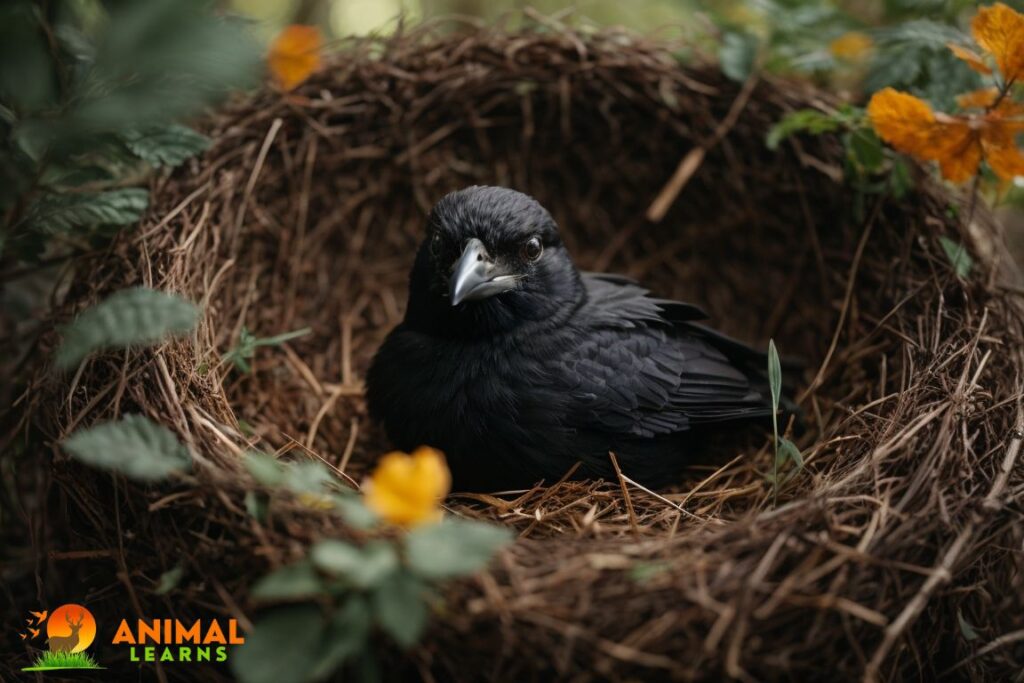
How Long Do Baby Crows Stay in the Nest?
In their early development, baby crow spend a critical amount of time in the nest. They typically stay in the nest for 4 to 6 weeks. They depend on their parents for nourishment, protection, and guidance during this period.
Their feathers develop as they grow, and they gradually become strong enough for their first flights as they grow.
Do Crows Reuse Nests?
A characteristic of crows is their willingness to reuse nests, which is an indication of their resourcefulness and adaptability. In contrast to many bird species that build new nests for each breeding season, crows often refurbish existing nests.
In subsequent breeding seasons, birds make repairs and add fresh materials to nests to demonstrate this behavior. Crows optimize their time and energy resources during nesting by reusing nests, which highlights their efficiency and strategic thinking.
When Can Baby Crows Fly?
In the life of a baby crow, learning to fly is an important milestone. Baby crow usually begin flying around four to five weeks after hatching. Their first flights may be short and unsteady at first, but they quickly refine their skills with practice, depending on factors such as the bird’s health and the environment.
The development of flight provides valuable insights into the fledgling process and the overall growth of these intelligent birds. In addition to ensuring their survival and integration with the broader Crow community, flying also allows them to become more integrated into the broader Crow community.
How Do Adult Crows Build Their Nest?
Crows show remarkable nest-building abilities in an intricate world of avian architecture. These corvids carefully select and arrange materials, often preferring a combination of twigs, leaves, and even urban debris, using a combination of instinct and learned behavior.
During the nest construction process, they weave a secure and well-insulated nest with meticulous maneuvers, demonstrating their adeptness. As a result, future generations will be able to survive and prosper due to avian engineering prowess.
Interesting Facts About Baby Crows
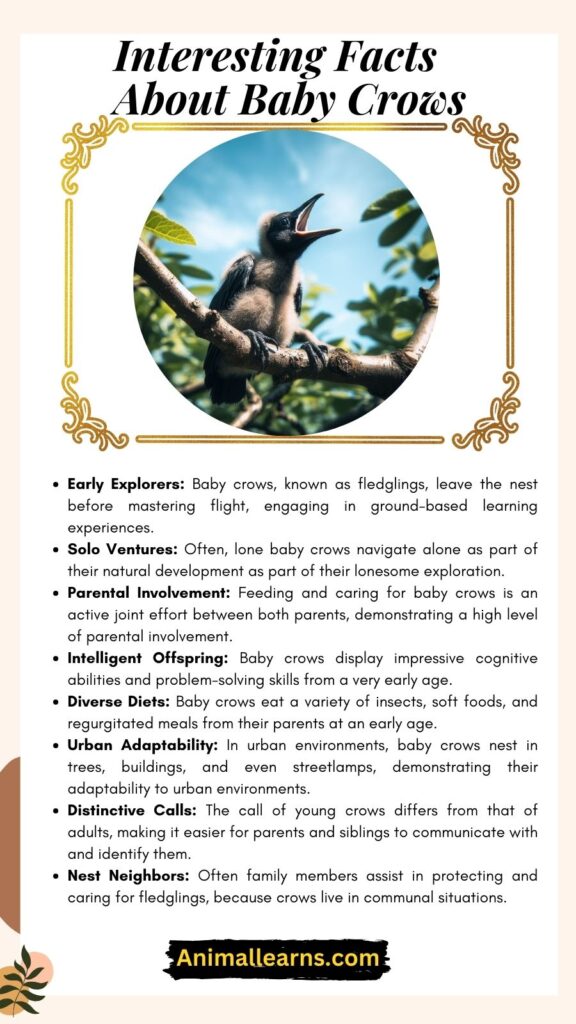
How Do Crows Mate?
As with many birds, crows have delicate courtship rituals before becoming parents. They engage in intricate aerial acrobatics, mutual preening, and vocal exchanges that indicate their compatibility during courtship displays.
Through mutual grooming and vocalizations, the avian couple solidifies their bond once the intricate dance of courtship is completed. In addition to establishing strong, cooperative partnerships, crows’ mating ritual is steeped in behavioral nuance.
When Do Crows Lay Eggs?
A crow’s reproduction is closely aligned with the natural cycle of life. Crows typically nest during the spring months, when food resources are plentiful and weather conditions are favorable.
This synchronization with environmental cues illustrates how adaptable and evolutionary these birds are in terms of reproduction strategies. Consequently, the ensuing brood has the best chance of surviving.
How Many Eggs Do Crows Lay?
Typically, a crow clutch comprises four to six eggs, however, variations occur based on factors such as geographical location and environmental conditions. Crow reproductive strategies involve a careful balance between quantity and quality.
As a result of this strategy, parental investment is optimized for a manageable brood size and offspring development, maximizing survival and development. Intricacies of avian reproductive biology are evident in the precise orchestration of egg-laying numbers.
How Long Will A Baby Crow Stay With Its Parents?
As a result of the unique nature of the corvid social structure, crow societies are known for their extended family relationships beyond the fledgling stage. Following hatching, baby crows remain close to their parents for a period of time, often ranging from a few weeks to several months.
The extended parental care period provides the young crows with the vital life skills and knowledge they need to survive in complex ecosystems. Within the Crow community, the extended family relationship highlights the level of avian intelligence.
Diet and Feeding Habits
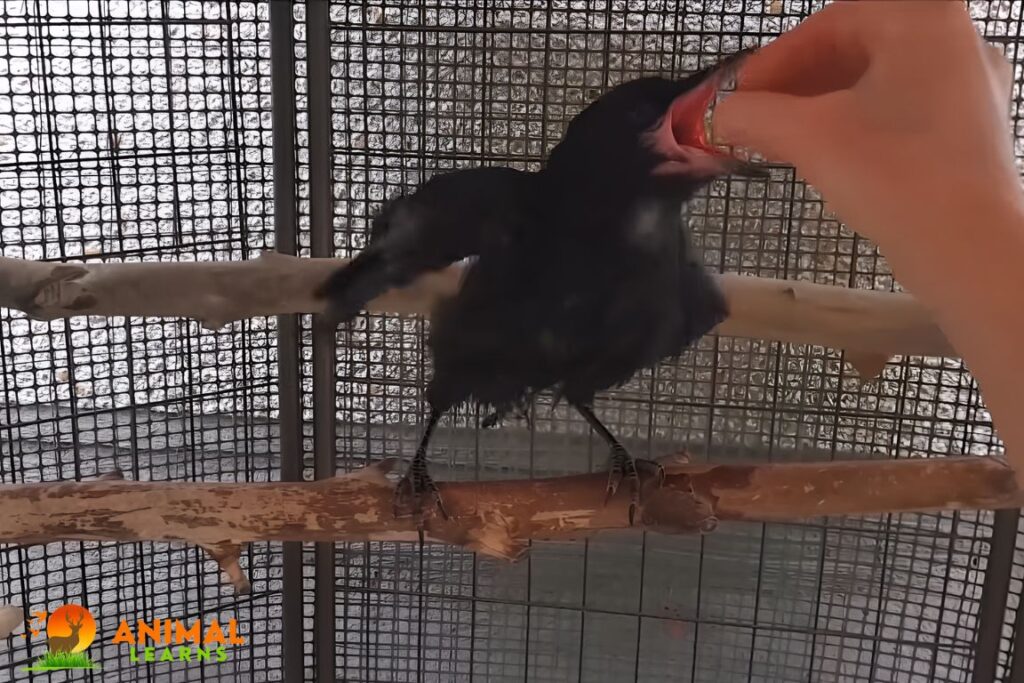
What Does a Baby Crow Eat?
The dietary habits of a baby crow play an important role in their development and growth in the intricate ballet of nature. When a fledgling crow is young, it is largely insectivorous, eating worms, beetles, and various arthropods.
Nestlings gradually transition from a strictly insect-based diet to a more varied diet with the addition of fruits, seeds, and even small vertebrates as they mature. A fascinating aspect of avian ecology is the ability of crows to thrive in diverse environments through their adaptive and opportunistic feeding habits.
Do both parents feed baby crow?
Baby crow feeding dynamics are no exception in the avian world where parental roles vary. The male and female parents are both actively involved in nourishing their offspring. An impressive display of parental cooperation is displayed by the simultaneous exchange of feeding duties during this collaborative effort.
Crow communities demonstrate strong familial bonds through dual involvement in food provisioning, underscoring the value of shared parenting responsibilities in ensuring the success of the next generation.
How do baby crows Get Water in the wild?
Baby crow rely heavily on water, the elixir of life, in order to survive. As they grow, these fledglings get hydrated by consuming moisture from their diet and drinking water directly from natural sources.
As they learn how to obtain water in the wild, baby crow learn under the watchful gaze of their parents. Corvids are innately resourceful, and their adaptive behaviors contribute to their overall resilience.
Why Baby Crows Cry?
Baby crows have melodious cries that serve as a symphony of communication, letting their parents know what they want. A crow’s vocalization can be used to express hunger, discomfort, or to request attention.
Additionally, these cries play a vital role in strengthening family ties, acting as a call-and-response mechanism between parents and their offspring.
Crow communities are cohesive because they understand the nuances of why their babies cry, allowing us to decode the complex language of communication that underpins their social dynamics.
Where Can You Find Crows?
Since they are adaptable and ubiquitous, crows have become an integral part of natural landscapes as well as urban environments. Their range spans continents, demonstrating that they can thrive in a wide variety of ecosystems.
Crows have seamlessly integrated into human-altered landscapes, demonstrating their intelligence and resilience, from dense forests to cityscapes. The crow continues to be ubiquitous and intriguing in the natural world, whether perched on a branch or soaring high above an urban landscape.
Challenges and Solutions
What Should You Do If You Find A Baby Crow?
Observing a lone baby crow requires a nuanced understanding of bird behavior. Don’t feel compelled to intervene immediately, as it’s common to think that a solitary baby crow needs help.
In the early stages of flight development, fledglings often learn on the ground, so you should observe from a distance if a baby crow is seemingly stranded. If there are no signs of distress, let nature do its thing.
Wildlife rehabilitators can ensure the bird’s well-being and maintain nature’s delicate balance, however, if the bird appears injured or in immediate danger.
Can You Keep A Baby Crow As A Pet?
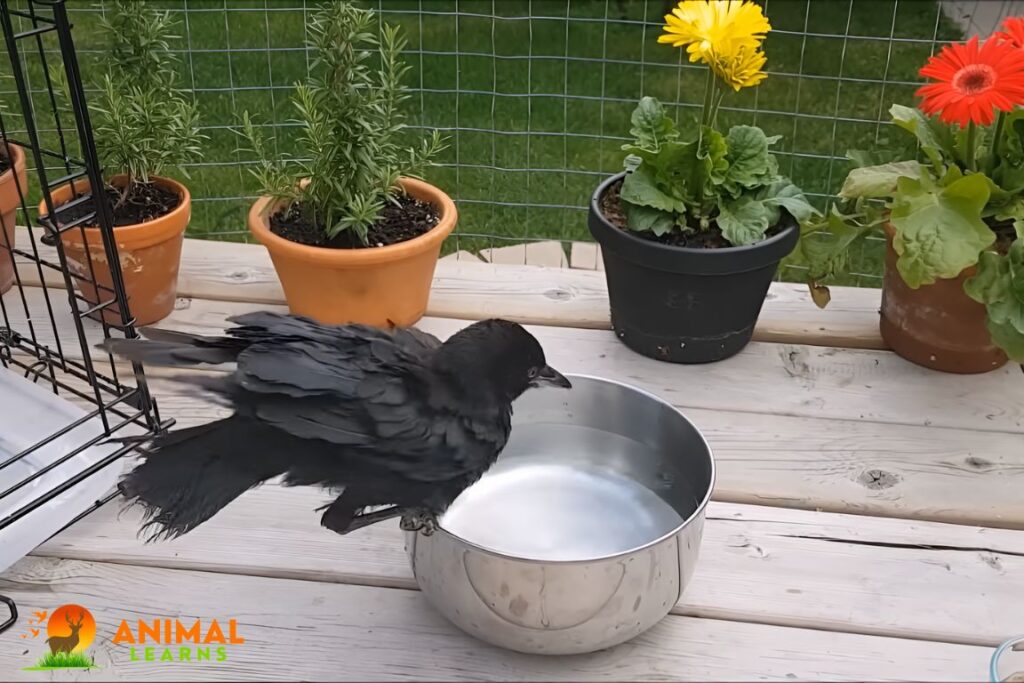
Instinctively wild, crows are renowned for their intelligence and social structure, and attempts at domesticating them pose challenges to their well-being.
There are ethical and legal considerations involved in keeping a baby crow as a pet. Keeping native wildlife as pets without proper permits is illegal in many jurisdictions. A baby crow has intricate needs that cannot be replicated domestically.
Removing a baby crow disrupts local ecosystems, jeopardizing vital ecological functions. Crows are smart and intelligent birds that should not be kept as pets; they should be appreciated in their natural environment instead.
What Causes The Death Of Baby Crows?
Predation, insufficient food, and competition pose threats to fledgling survival, while human activities, including urbanization, pose threats as well. There are natural and human-induced factors that lead to crow mortality.
Human activities, including urbanization, pose threats. When trying to care for orphaned crows, misguided efforts may inadvertently kill them. Increasing public awareness of both natural and human-induced challenges is important to ensuring well-being.
FAQs
Can baby crows fly immediately after hatching?
No, baby crows are born flightless. They develop their flight feathers gradually over a few weeks.
What do baby crows eat?
Baby crows are fed a diet primarily consisting of regurgitated food by their parents, which includes insects, seeds, and other small items.
How long do baby crows stay in the nest?
Baby crows typically stay in the nest for about 4 to 6 weeks, during which they are cared for and protected by their parents.
Do baby crows imprint on humans if handled?
While it’s best to avoid unnecessary handling, crows are less likely to imprint on humans than some other bird species. It’s crucial to let parent crows care for their young whenever possible.
Can I raise a baby crow as a pet?
It’s generally illegal and unadvisable to keep crows as pets. They are highly intelligent, social birds that thrive best in their natural environment with their own kind.








